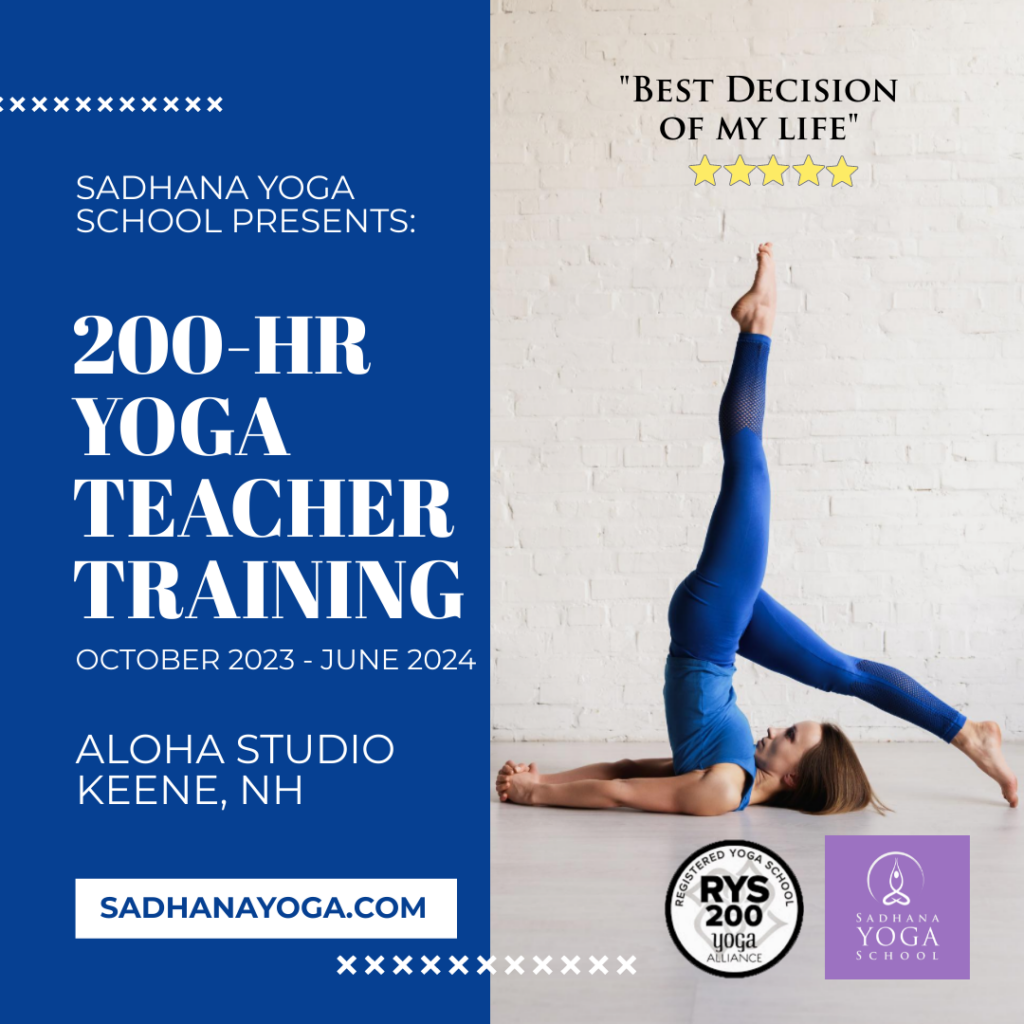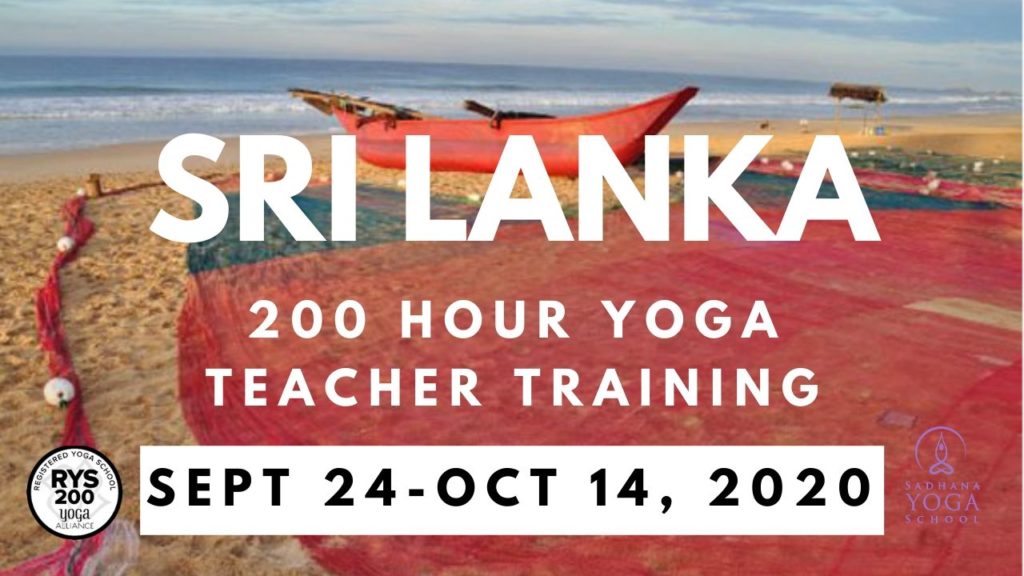4 Community Yoga Classes You Can Start Offering Right Now

Yoga is very popular today, no one can argue that. And it should be for everyone, but so sometimes there are circumstances or beliefs that prevent people from taking it. People might think they are not “good enough”, or they can’t get to class because of lack of child care, or their financial or physical circumstances limit their accessibility. But as a yoga teacher, there are ways to address these concerns, provide the opportunity for people to attend who might not otherwise try it out, and enjoy the selfless service of others through SEVA Service.
SEVA is a Sanskrit word for selfless service, it embodies the act of giving back to others without expectation of reward or benefit, just the joy of giving. Karma is a cycle of action and inaction that follows in the present and future incarnations. Karma Yoga is the yoga of action, with an attitude of selfless service.
Community style yoga classes are a great way to embrace the nature of SEVA and karma. But remember the goal is to act without expectation and just out of kindness.
There are four things to consider for community style yoga classes:
- You may be working with a unique clientele with unique and special needs, do your homework and be prepared
- It’s a great way to get your name out in the community as a new yoga instructor
- Most community style classes are offered for free, by donation or for a nominal fee
- The goal of community classes is to give back not get rich
When considering the opportunity to offer community-style yoga classes here are some suggestions:
Yoga for Veterans
Veterans suffer from a variety of ailments when they return from active military duty. This includes Post Traumatic Stress Disorder, depression, anxiety, panic attack and similar disabilities as a result of trauma.
Post Traumatic Stress Disorder (PTSD) is a condition of persistent mental and emotional anxiety typically occurring after an acute trauma, but can also occur after long-term, chronic stress. Symptoms can include reliving events through flashbacks and nightmares, chronic hyper-vigilance, depression, isolation, aggression, and severe generalized anxiety. With PTSD, a person’s nervous system is reacting to the trauma of past memories rather than responding to present moment circumstances.
An expanding body of research has provided research based evidence on the positive impact yoga can have on veterans. The goal of this yoga class is to offer students a chance to relax, and quiet the mind. Teaching mediation combined with yoga, and/or pranayama practices. Teaching simple meditation and pranayama practices can teach veterans a practice that can provide them great relief.
From the same source:
A study funded by the U.S. Defense Department and led by Sat Bir S. Khalsa, Ph.D., an Assistant Professor of Medicine at Harvard Medical School, found that a consistent yoga practice over t10 weeks showed improvement in PTSD symptoms via a clinician-administered PTSD scale. Yoga techniques in this protocol included postures, breathing techniques, and meditation with an emphasis on grounding awareness in the present moment. Several other studies have shown similarly positive results.
There are specific training for people who wish to work with veterans, such as Veterans as Ease. Of course, anyone can take your yoga class, but if this path becomes a passion additional training may be necessary to develop your skills and clientele.
Yoga for Families
Yoga is becoming increasingly popular among American children. According to a national survey from National Center for Integrative and Complementary Health, 3% of U.S. children (1.7 million) did yoga as of 2012 — that’s 400,000 more children than in 2007. But there are very few yoga classes for kids in the United States. Even rarer is yoga for families. most classes are geared toward the adult population but kids can benefit from yoga as much as adults, maybe even more, so why not offer classes that both parent and child can benefit from.
What a better time to teach them all the practices of yoga and the ways they can incorporate those habits into their life. What better way to do it then in a family setting, where parent(s) and kids participate, learn these habits and incorporate them into their life. In a growing age of depression, detachment and loneliness, this offers an opportunity for famlies, children and parents to reconnect.
According to the National Institute for Integrative and Complementary Health, “Children whose parents use a complementary health approach are more likely to use one as well.”
Imagine how different your life would have been if you had been able to practice yoga as a child, or if your parent had been able to provide that opportunity.
Yoga for Inmates
Yoga for inmates is not something to be taken lightly but it is a mission that many people tackle with a passion.
It is no surprise that a large majority of inmates in state and federal prisons are suffering from trauma and mental health issues. It could be argued that it was just these experiences and conditions that led them to be incarcerated in the first place. The Prison Yoga Project speaks to this in their mission statement, Why We Teach Yoga and Mindfulness in Prison:
Most prisoners suffer from Complex Trauma, chronic interpersonal trauma experienced early in life such as abandonment, hunger, homelessness, domestic violence, sexual abuse, bullying, discrimination, drug and alcohol abuse, and witnessing crime – including murder. We call this “original pain.” These experiences, imprinted by the terrifying emotions that accompany them, are held deeply in the mind, and perhaps more importantly, in the body, with the dissociative effects of impulsive/reactive behavior, and tendencies toward drug and alcohol addiction as well as violence. Carrying unresolved trauma into their lives impacts everything they do, often landing them in prison, where they experience even more trauma.
While managing mental health and trauma treatment for inmates is the responsibility of a licensed therapist or physician, there are ways that yoga instructors are making a difference in the lives if inmates through yoga. Like veterans, yoga has the power to help inmates relax, reform, and rediscover a new way of life, a new outlook and perspective.
The organization Yoga Behind bars shares this as their mission statement:
Yoga Behind Bars (YBB) is the only nonprofit organization in Washington state dedicated to bringing yoga and meditation to prisons, jails, and detention centers. Our programs promote rehabilitation, help to build safer communities, and contribute to reform of the corrections system. Since 2008, we have equipped thousands of incarcerated men, women, and youth with the physical and mental tools to change their lives from the inside out.
The ability to take skills as a yogq instructor and transform them into service for others, especially those that are so vulnerable and need love and nurturing most in this world, that may be the most rewarding class of all.
Yoga for The Rest of Us (aka everybody)
There is a bit of a stereotype today of who should be doing yoga. The easiest way to break down those stereotypes and show people just how accessible yoga is, is to create a Yoga for the Everybody class. This should be fun, non-judgmental and make everyone feel comfortable.
No matter what age, shape, gender, or health this yoga class should be accessible and fun. It is meant to be a beginner level class to really help people get comfortable with yoga as a practice and a philosophy. Designing this kind of class can incorporate some simple breathing practices, 2-3 minutes of meditation, followed by an asana sequence and reflections on mindfulness throughout the practice. After all, yoga is more than a physical practice, and if we can teach students to incorporate all components of yoga, especially typing in the Yoga Sutra’s, the 8 Limbs Yoga they can realize the change that yoga can create in their lives even when they are not practicing.
Conclusion
If you are considering community style classes there are many ways to begin. Create flyers, share the events on Facebook, connect with local organizations like schools, churches, prisons, community centers where you might be able to hold them. Some locations may not charge if they know you are doing it for free. Do your homework, put a plan in place, connect with people who need the benefits of yoga most, and realize the joy that comes from serving others.
Recommend0 recommendationsPublished in blog




Responses